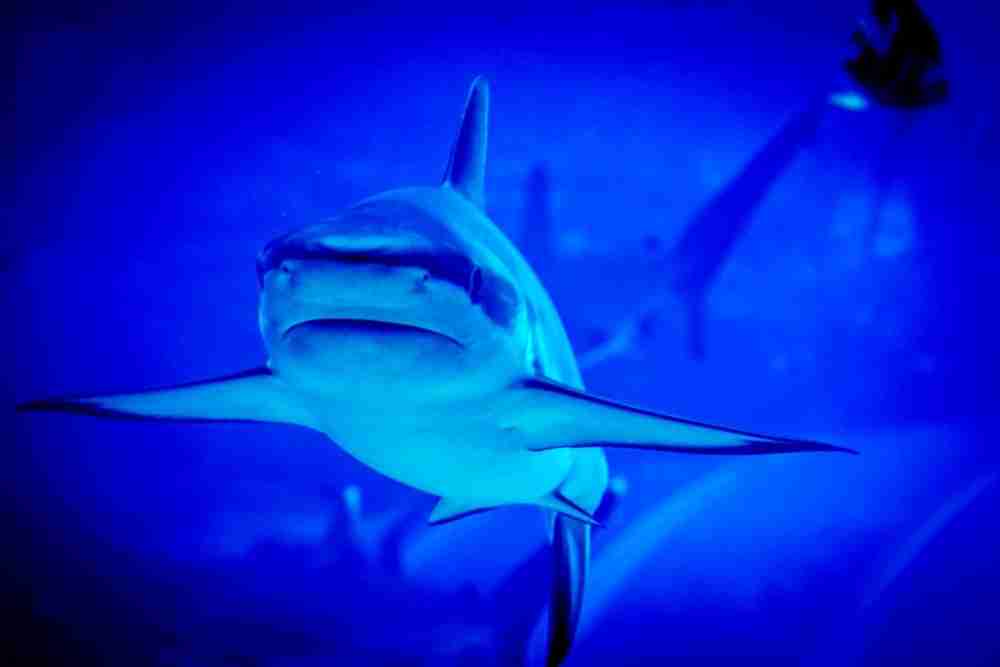Great white sharks are one of the ocean’s top predators. They’re known for their size, strength, and power. But what many people don’t know is that great white sharks are also skilled sleepers.

How do great white sharks sleep?
Before denying or asserting any information about the rest of the sharks, it’s necessary to remember that there are over 400 species of sharks, each completely distinctive from the others, with 410 of them being active and some sleeping.
We can therefore make blanket statements, but taking into account the simple fact that each species are a world apart, just like every other creature, they do have some points in common.
Shall sharks sleep? Yes and no sharks sleep, but they do it in a different way from other fish and this can be defined more as at rest than as dormant, since it may be perceived by us. a range of creatures can, and sharks are not any different.
As far as whether sharks have the ability to sleep with their eyes open, this is certainly true, for even a living shark’s eyelids are merely a translucent covering, so it closes its eyes when we close them.
With this membrane sharks cannot close their eyes and, in other words, can’t sleep categorical.
As mentioned, there are different kinds of sharks, and by the way in which they rest, there are two subsets.
The first comprises sharks whose breathing tubes must become saturated with water to process air to be able to breathe, then does the oxygen enter into them. In the latter, rest happens while swimming, because this allows them to submerge.
Scientists who study marine animals have learned that there’s no central mechanism in the brain that gives conscious control to action while swimming.
As a result, they can shut down additional parts of the human anatomy and perform motions. For this reason, they can keep on swimming by alternating controlled and unconscious phases.
This group contains a sort of shark called a great white shark. White sharks are known to spend the day surfing the surface for this reason.
The shark II is the kind that is not just energized when it swims but is additionally in a position to remain in the water for extended periods without resurfacing.
This can be accomplished because the shark has chambers called teardrop organs. So these sharks remain motionless near the seabed, which means they can consume less energy by the hour compared to the typical shark.